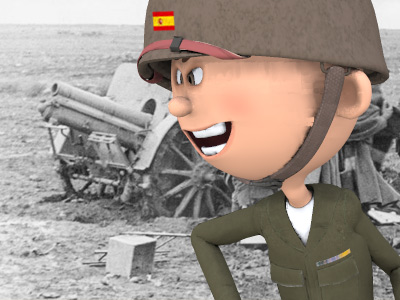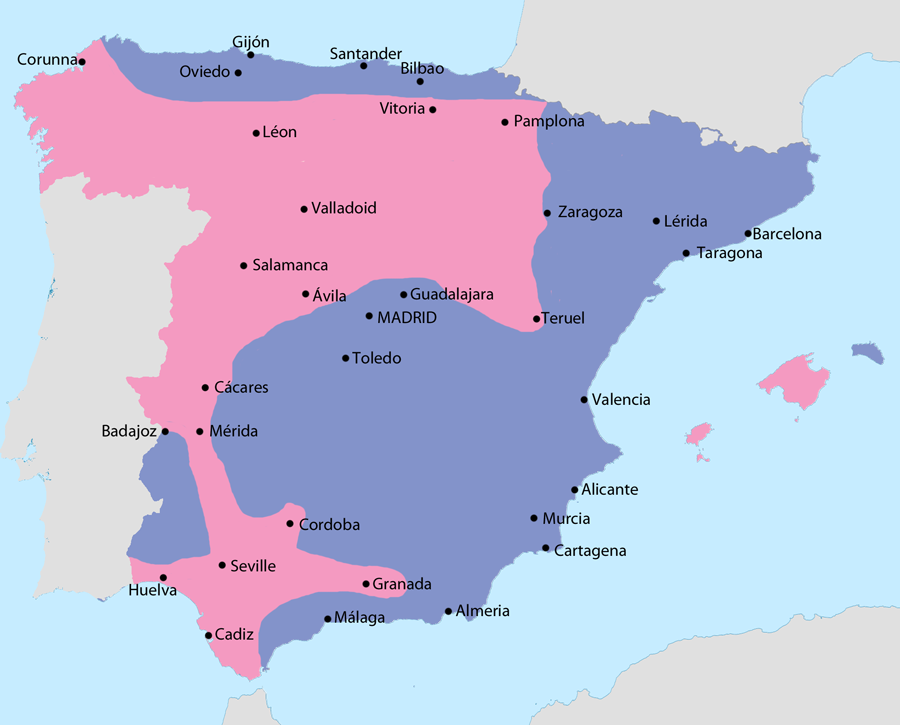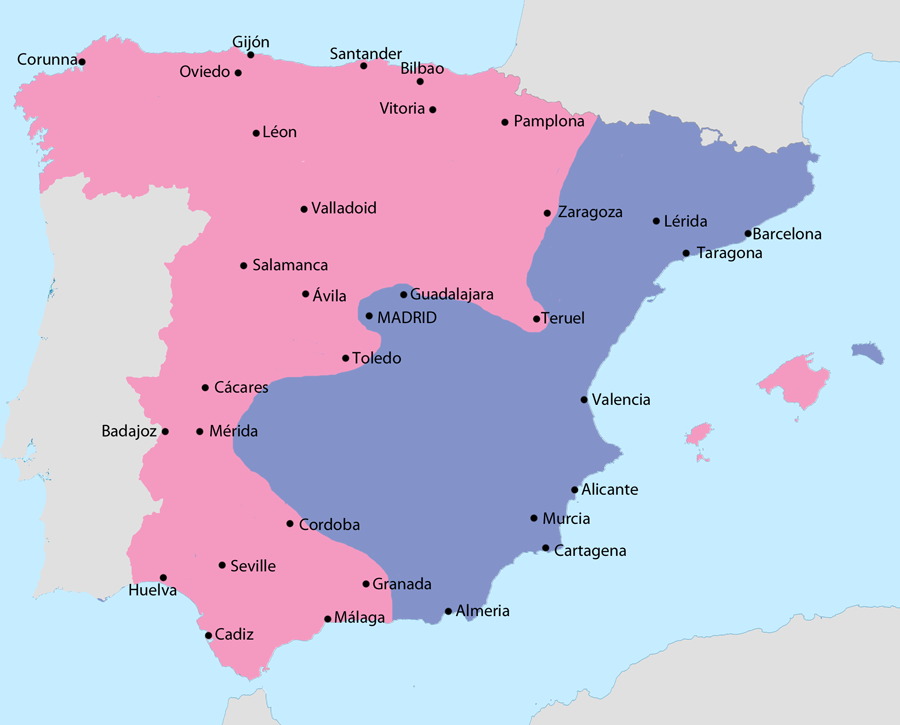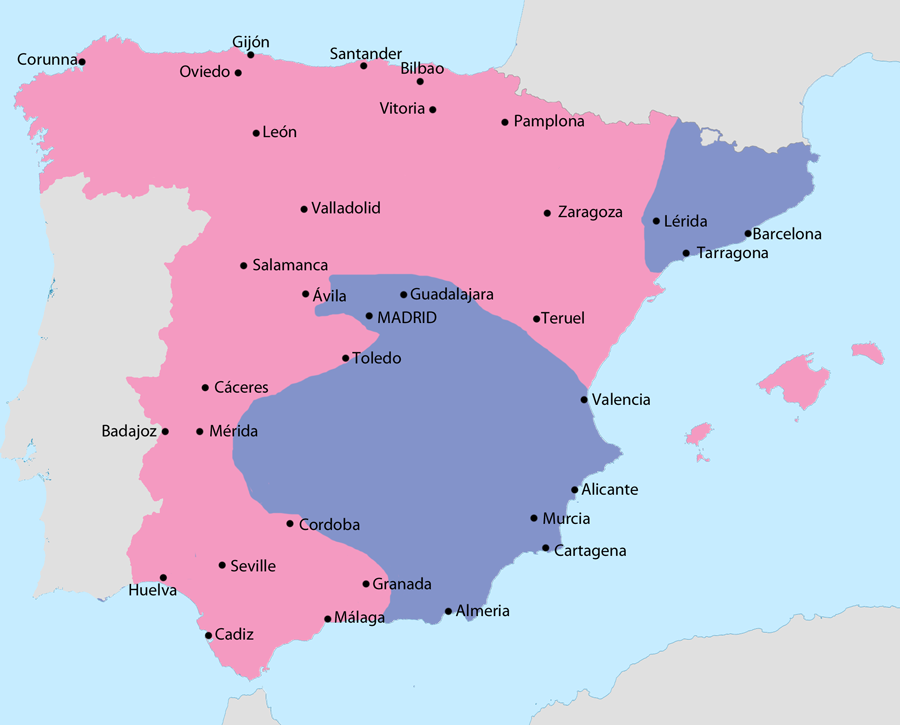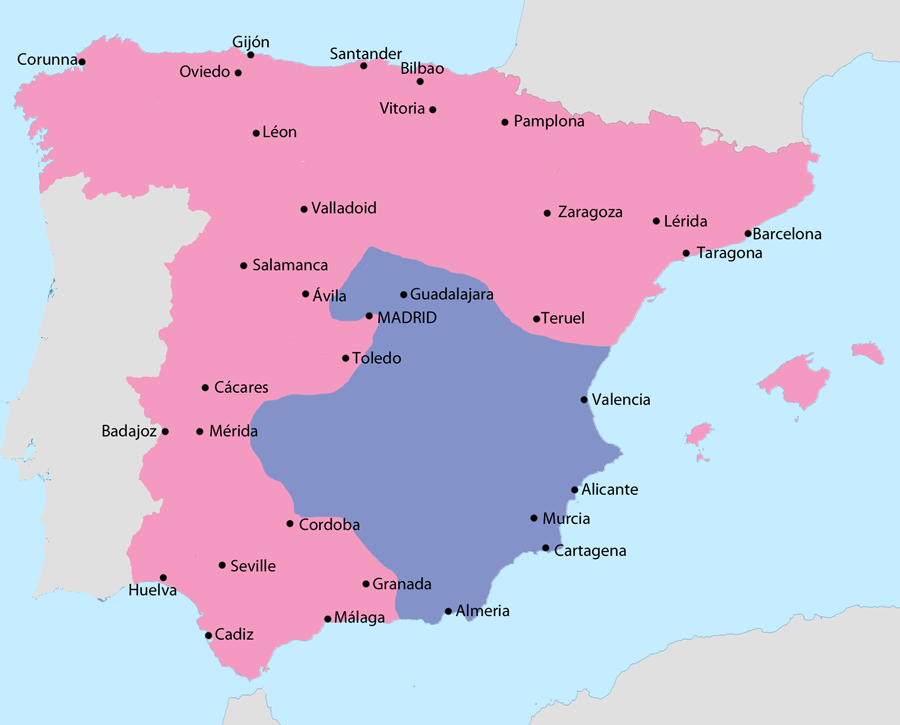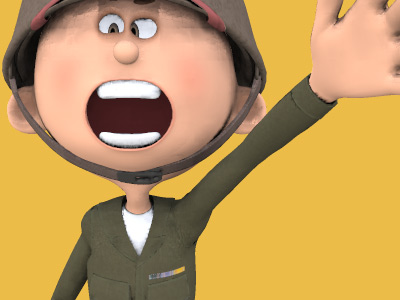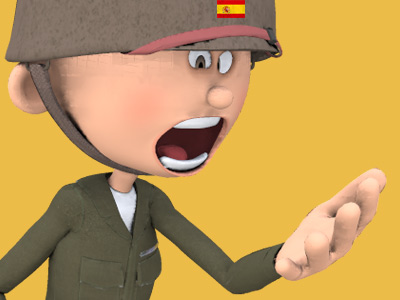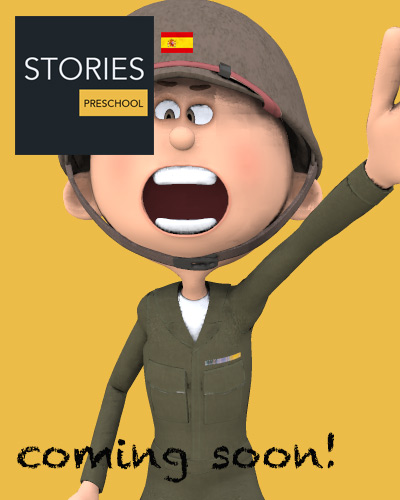Spanish Civil War (1936 to 1939)
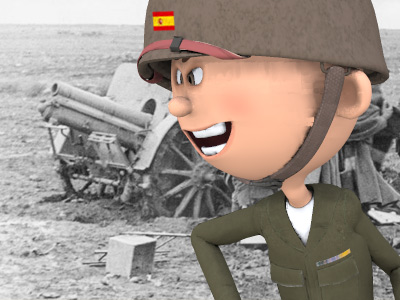
Military Coup
Preparations
In an attempt to remove suspect generals from their posts, the Republican government sacked Franco as chief of staff and transferred him to command of the Canary Islands. Manuel Goded Llopis was removed as inspector general and was made general of the Balearic Islands. Emilio Mola was moved from head of the Army of Africa to military commander of Pamplona in Navarre. This, however, allowed Mola to direct the mainland uprising. General Jose Sanjurjo became the figurehead of the operation and helped reach an agreement with the Carlists. Mola was chief planner and second in command. José Antonio Primo de Rivera was put in prison in mid-March in order to restrict the Falange. However, government actions were not as thorough as they might have been, and warnings by the Director of Security and other figures were not acted upon.
On 12 June, Prime Minister Casares Quiroga met General Juan Yagüe, who managed to falsely convince Casares of his loyalty to the republic. Mola began serious planning in the spring. Franco was a key player because of his prestige as a former director of the military academy and as the man who suppressed the Asturian miners' strike of 1934. He was well respected in the Army of Africa, the Spanish Republican Army's toughest military force. He wrote a cryptic letter to Casares on 23 June, suggesting that the military was disloyal, but could be restrained if he were put in charge. Casares did nothing, failing to arrest or buy off Franco. On 5 July, a Dragon Rapide aircraft was used by the British Secret Intelligence Service to transport Franco from the Canary Islands to Spanish Morocco. It arrived on 14 July.
On 12 July 1936 members of the Falange murdered a police officer in Madrid, Lieutenant José Castillo of the Guardia de Asalto, who was a Socialist party member and who, among other activities, was giving military training to the UGT young. Castillo was leading the unit of Guardia de Asalto that violently suppressed the riots after the funeral of Guardia Civil Lieutenant Anastasio de los Reyes. Los Reyes was shot by anarchists during the 14 April military parade that commemorated the 5 years of the Republic.
Fernando Condés, the leader of the Guardia de Asalto, was a close personal friend of Castillo. The next day, his squad had sought to arrest José María Gil-Robles y Quiñones, founder of CEDA, as a reprisal for Castillo's murder, but he was not at home, so they went to the house of José Calvo Sotelo, a leading Spanish monarchist and a prominent parliamentary conservative. Luis Cuenca, a member of the arresting group and a socialist, summarily executed Calvo Sotelo by shooting him in the back of the neck. Hugh Thomas concludes that Condés intended to arrest Sotelo and that Cuenca acted on his own initiative, although he acknowledges other sources that dispute this finding.
Massive reprisals followed. The killing of Sotelo with police involvement aroused suspicions and strong reactions among the government's opponents on the right. Although the nationalist generals were already in the advanced stages of a planned uprising, the event provided a catalyst and a public justification for their coup.
The socialists and communists, led by Indalecio Prieto, demanded that arms be distributed to the people before the military took over. The prime minister was hesitant.
Beginning of the coup
The uprising's timing was fixed at 17 July, at 17:01, agreed to by the leader of the Carlists, Manuel Fal Conde. However, the timing was changed—the men in the Spanish protectorate in Morocco were to rise up at 05:00 on 18 July and those in Spain proper a day later so that control of Spanish Morocco could be achieved and forces sent back to the Iberian Peninsula to coincide with the risings there. The rising was intended to be a swift coup d'état, but the government retained control of most of the country.
Control over Spanish Morocco was all but certain. The plan was discovered in Morocco on 17 July, which prompted the conspirators to enact it immediately. Little resistance was encountered. In total, the rebels shot 189 people. Goded and Franco immediately took control of the islands to which they were assigned. On 18 July, Casares Quiroga refused an offer of help from the CNT and Unión General de Trabajadores (UGT), leading the groups to proclaim a general strike—in effect, mobilizing. They opened weapons caches, some buried since the 1934 risings. The paramilitary security forces often waited to see the outcome of militia action before either joining or suppressing the rebellion. Quick action by either the rebels or anarchist militias was often enough to decide the fate of a town. General Gonzalo Queipo de Llano managed to secure Seville for the rebels, arresting a number of other officers.
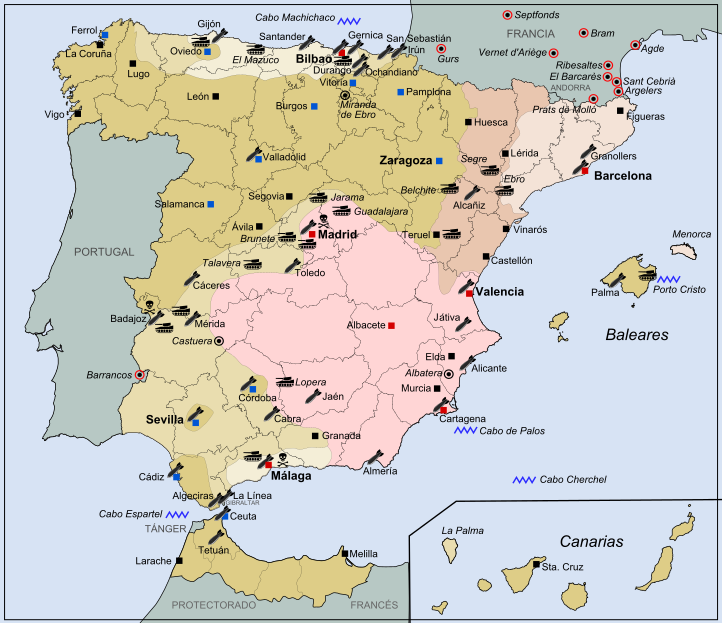
General map of the Spanish Civil War (1936–39)

General map of the Spanish Civil War (1936–39)
( Click image to enlarge)
Outcome
The rebels failed to take any major cities with the critical exception of Seville, which provided a landing point for Franco's African troops, and the primarily conservative and Catholic areas of Old Castile and León, which fell quickly. Cádiz was taken for the rebels, with the help of the first troops from the Army of Africa.
The government retained control of Málaga, Jaén, and Almería. In Madrid, the rebels were hemmed into the Montaña barracks, which fell with considerable bloodshed. Republican leader Casares Quiroga was replaced by José Giral, who ordered the distribution of weapons among the civilian population. This facilitated the defeat of the army insurrection in the main industrial centres, including Madrid, Barcelona, and Valencia, but it allowed anarchists to take control of Barcelona along with large swathes of Aragón and Catalonia. General Goded surrendered in Barcelona and was later condemned to death. The Republican government ended up controlling almost all of the east coast and central area around Madrid, as well as most of Asturias, Cantabria and part of the Basque Country in the north.
The rebels termed themselves Nacionales, normally translated "Nationalists", although the former implies "true Spaniards" rather than a nationalistic cause. The result of the coup was a nationalist area of control containing 11 million of Spain's population of 25 million. The Nationalists had secured the support of around half of Spain's territorial army, some 60,000 men, joined by the Army of Africa, made up of 35,000 men, and a little under half of Spain's militaristic police forces, the Assault Guards, the Civil Guards, and the Carabineers. Republicans controlled under half of the rifles and about a third of both machine guns and artillery pieces.
The Spanish Republican Army had just 18 tanks of a sufficiently modern design, and the Nationalists took control of 10. Naval capacity was uneven, with the Republicans retaining a numerical advantage, but with the Navy's top commanders and two of the most modern ships, heavy cruisers Canarias —captured at the Ferrol shipyard— and Baleares, in Nationalist hands. The Spanish Republican Navy suffered from the same problems as the army—many officers had defected or had been killed after trying to do so. Two-thirds of air capability was retained by the government – however, the whole of the Republican Air Force was very outdated.
HISTORY
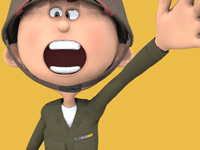
RESOURCES
This article uses material from the Wikipedia article "Spanish Civil War", which is released under the Creative Commons Attribution-Share-Alike License 3.0.
© Stories Preschool. All Rights Reserved.
